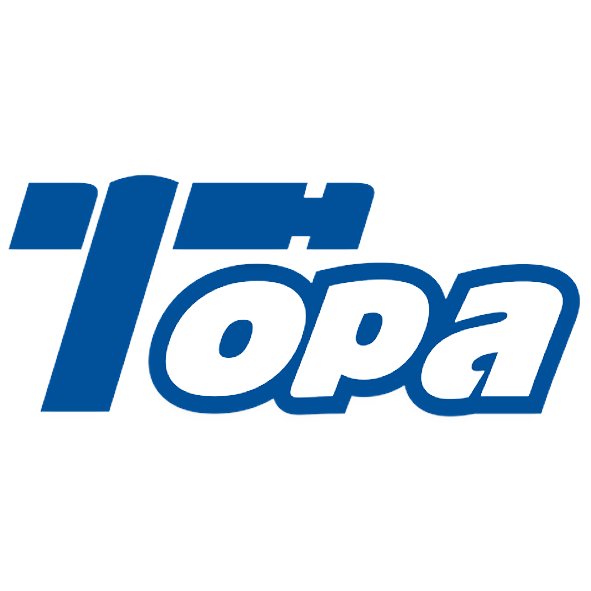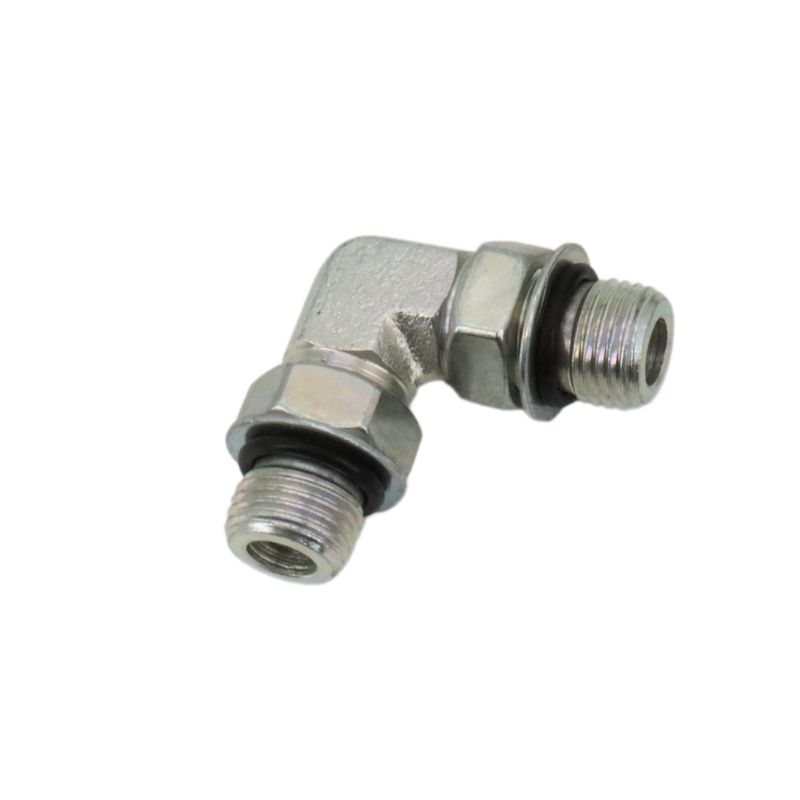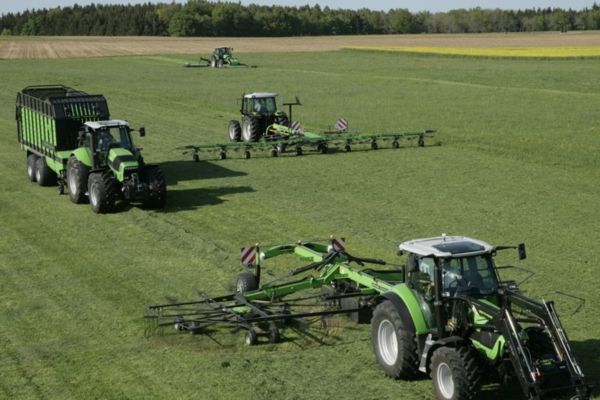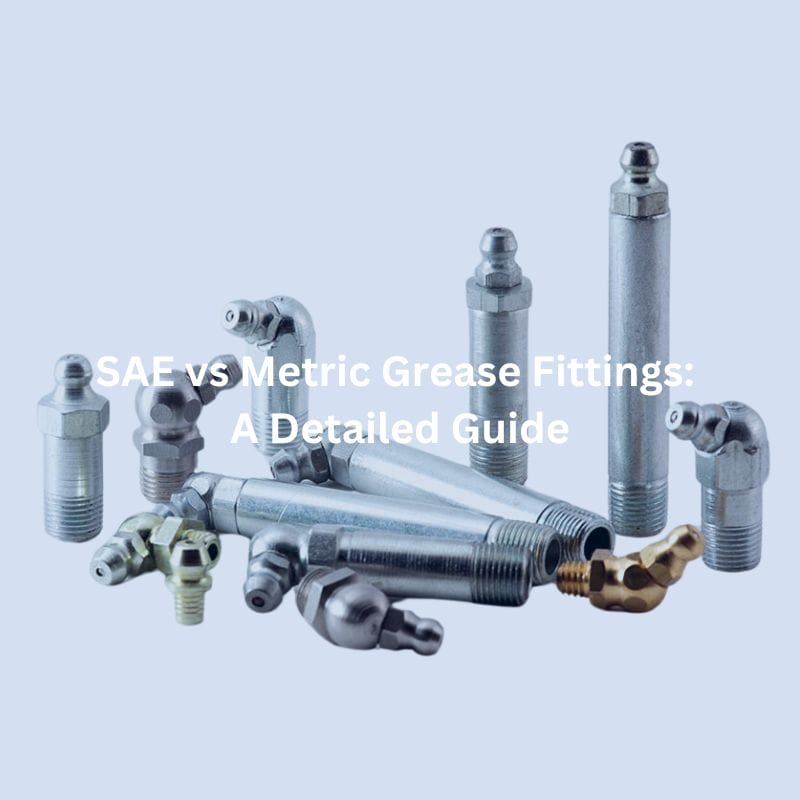
FAQ
What are SAE ORB fittings?
SAE ORB (Straight Thread O-Ring Boss) fittings are hydraulic components used for connecting pipes or tubes in medium- to high-pressure systems. They feature a straight thread and an O-ring to create a leak-proof seal between the fitting and the port.
How do SAE ORB fittings seal?
The seal is created when the O-ring, placed in the male fitting’s groove, is compressed into the chamfer of the female port. This compression provides a tight, leak-proof seal under pressure.
What materials are SAE ORB fittings made from?
SAE ORB fittings are commonly made from carbon steel, stainless steel, and nickel-plated steel. These materials provide strength, corrosion resistance, and durability in high-pressure environments.
Are SAE ORB fittings reusable?
Yes, SAE ORB fittings are reusable. The O-ring can be replaced without needing to replace the entire fitting, which makes them a cost-effective and sustainable solution in long-term applications.
What sizes are available for SAE ORB fittings?
SAE ORB fittings come in a variety of sizes, commonly ranging from 1/4″ to 2″. The sizing corresponds to the inner diameter (ID) of the hose or tubing being used, and the threads follow the UNF (Unified Fine Thread) standard.
How do I install SAE ORB fittings?
To install SAE ORB fittings, align the threads and the O-ring with the corresponding port. Tighten the fitting to the correct torque specification to compress the O-ring and create a leak-tight seal. Avoid overtightening, as it can damage the O-ring or fitting.
What’s the difference between SAE ORB fittings and NPT fittings?
The primary difference is in the sealing mechanism. SAE ORB fittings use an O-ring for sealing, whereas NPT fittings use a tapered thread to form a seal. SAE ORB fittings are often preferred for high-pressure systems due to their superior sealing performance.
Can SAE ORB fittings be used in high-pressure applications?
Yes, SAE ORB fittings are ideal for medium- to high-pressure hydraulic systems. They are designed to handle pressures of up to 5,000 PSI, depending on the fitting size and material used.
What type of O-ring is used in SAE ORB fittings?
The O-ring in SAE ORB fittings is typically made from Buna-N or Viton rubber, which provides excellent resistance to wear, heat, and chemical exposure. The choice of material depends on the fluid and temperature conditions of the application.
How do I choose the right SAE ORB fitting?
To choose the right SAE ORB fitting, ensure the thread size and material match your system’s requirements. Consider the pressure, temperature, and fluid compatibility. If in doubt, consult with a manufacturer or supplier like Topa to ensure compatibility with your hydraulic system.















































